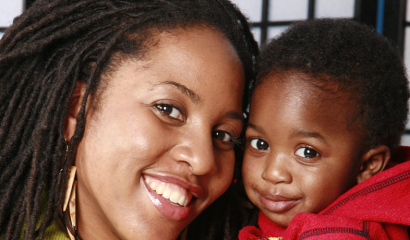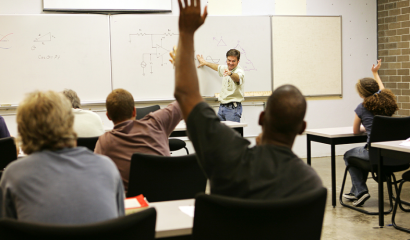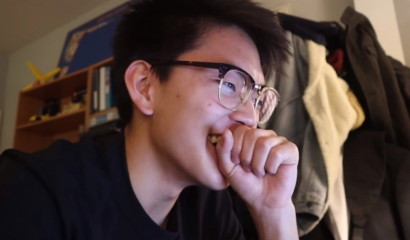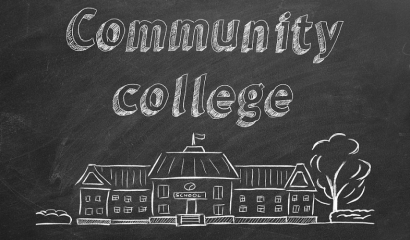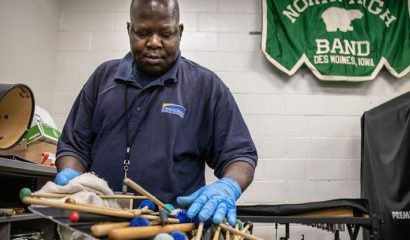Issues
Experienced beat reporters wrote, researched and provided a range of resources to help their fellow education reporters and communicators cover the most pressing issues today.
Get background, tips for covering the issue, plenty of data and research, and more! Filter by categories below.
Issues
Although adult learners are often assumed to be rarities on college campuses, adults have always been an important part of the student body....
Research shows the first three years are the most important period of development in what experts call “brain architecture”...
Though academic achievement remains paramount, high schools and colleges are putting greater focus on helping students navigate careers and ready themselves for...
What is actually being taught in college classrooms? What should be taught?...
Covering Americans’ access to college is nothing less than covering the American Dream. Getting into college opens the door to more knowledge and skills, of c...
A community college has a bit of a split personality. One side of the college is full of students trying to take classes at a less expensive rate before transfe...
Writing about higher education faculty and staff? Perfect. This is fertile ground for so many stories about higher education...
America spends nearly $700 billion a year on higher education, including paying instructors, funding research, keeping the facilities running and much more...
How schools and colleges are responding to COVID-19...

